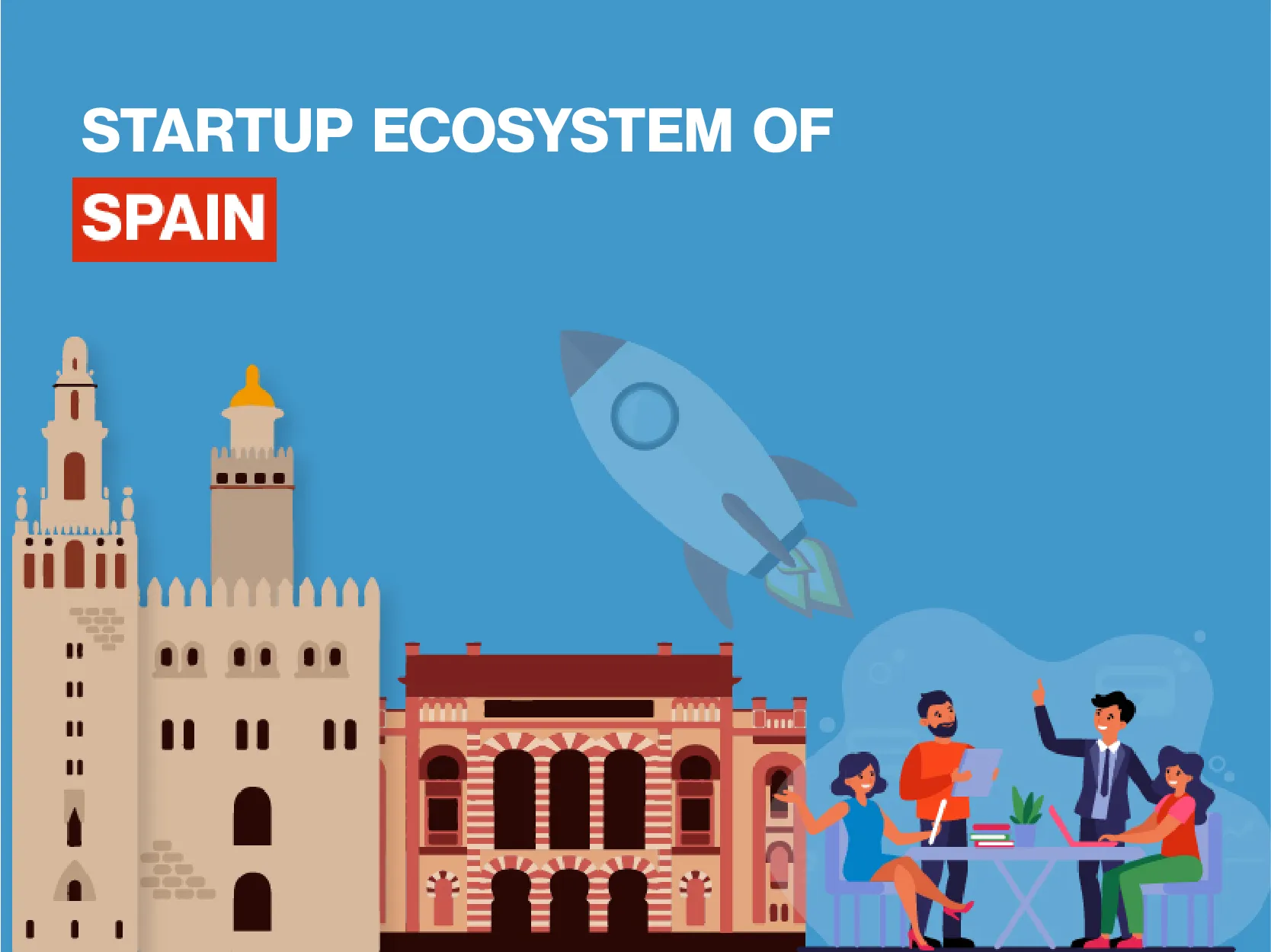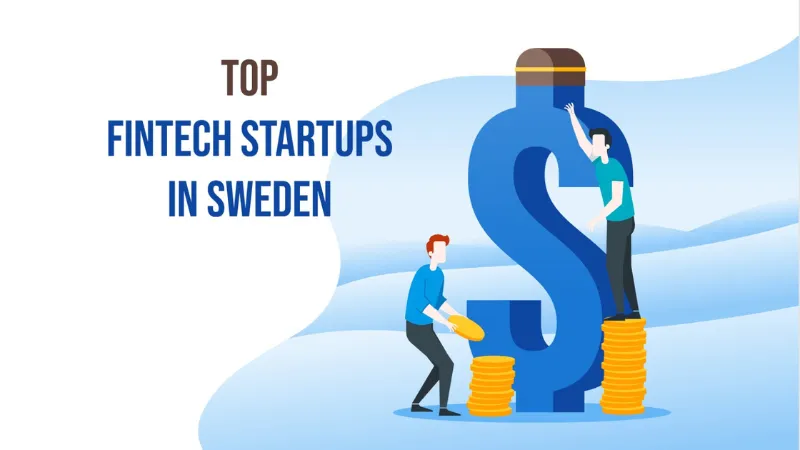
What are the startup funding stages?
Startup funding progresses through several key stages, each vital for the company's growth. It begins with Pre-Seed and Seed funding, which helps to launch the business. As the startup develops, it moves on to various startup funding rounds (Series A, B, C, etc.) and eventually aims for an IPO, marking the pinnacle of its success.
SUMMARY
- Startup funding progresses through several key stages, each vital for the company's growth.
- Startups go through several different funding stages to grow successfully.
Early-stage funding is high-risk because startups are new and unproven. This initial capital supports essential activities like research, product development, and early operations. Each funding stage represents a significant milestone in a startup's journey and reflects its growth and development goals. Investors, including angel investors and venture capitalists, play a crucial role by providing financial support and strategic guidance throughout the startup's expansion.
Startup Funding Stages Explained
Startups go through several different funding stages to grow successfully. Here, we explain the stages of startup funding and how the IPO process works.
1. Pre-seed funding
Pre-seed funding is the earliest stage of funding for startups.
· Founders, family, friends, and incubators
· Funds range from a few thousand dollars to $1 million.
· Entrepreneurs use this money to develop prototypes, conduct market research, and refine business models.
· It helps establish proof of concept and pilot projects.
· Investors are drawn due to its high risk and potential for high returns and often invest to support early development and secure initial equity.
· Although not part of formal funding rounds, pre-seed funding is crucial for starting and validating a startup.
· It sets the stage for future fundraising efforts.
2. Seed funding
Seed funding is the initial external funding stage for starting a business.
- Funding comes from angel investors, friends, family, venture capital firms, or incubator programs.
- Startups typically raise around $3.5 million during this stage.
- It helps startups with defined ideas to develop their products and refine market strategies.
- It helps to convert an idea into a viable business by assisting with market research, product development, and team building.
- Angel investors are especially interested in this stage for early equity opportunities at lower valuations.
- Despite higher risks, seed funding is essential for launching a startup that has not yet established itself in the market.
3. Series Funding
Startup series funding is a multi-round process in which startups receive investment from external investors in exchange for equity. Here is the complete guide of the Series Funding (A-B-C-D.)
Series A Funding
Series A Funding Stage is crucial for startups aiming to grow and strengthen their market presence.
· Funding typically ranges from $2 million to $15 million.
· It supports incremental growth after business viability and strong financial performance have been validated.
· Startups often use accelerators for mentorship and funding in exchange for equity, and networking with venture capitalists and angels is key.
· Investors seek startups with established target markets, multiple product prototypes, and a solid long-term business plan for sustainable revenue.
· Valuations are based on past sales, growth rates, market size, and risks, affecting the equity investors receive and shaping the startup’s financial structure and future growth.
Series B funding
Series B funding is the second major financing round for startups, focusing on scaling operations rather than initial setup.
· Funding ranges from $5 million to $50 million.
· Venture capitalists typically buy preferred stock, and strategic investors like large corporations or financial institutions also contribute.
· Funds are used to strengthen infrastructure, scale operations, recruit key staff, expand sales teams, and launch marketing campaigns.
· Startups usually seek Series B funding about two years after Series A, having shown significant market growth and success.
· Series B funding involves higher risk, and investors may demand more equity. Founders need to protect their equity and ensure fair valuation during negotiations.
Series C Funding
Series C Funding is the third stage of venture capital investment focused on rapid expansion and growth.
· Funding ranges from $30 million to $100 million.
· Established financial entities such as hedge funds, investment banks, and private equity firms participate.
· Funds are used for entering new markets, supporting R&D, paying down debt, buying back equity, strengthening cash reserves, and potential acquisitions.
· It prepares the company for significant milestones like an IPO, acquisition, or major expansion.
· By this stage, companies are mature with substantial revenues, a large customer base, and a strong growth trajectory, making them attractive to top-tier investors.
Series D Funding
Series D Funding Stage occurs before a company decides to go public or acquire another business.
· It aims to further enhance resources and capabilities, often due to untapped potential or unsatisfactory Series C results.
· Funding can range from millions to billions of dollars, mainly from venture capitalists.
· Fewer than 5 percent of startups reach Series D or E, often due to the need for expanded operations or increased valuations before an IPO.
· Some startups seek Series D or E funding if they missed targets in previous rounds, resulting in a "down round" with lower valuations and potential fundraising challenges.
· Startups generally go through three to four funding rounds and often prepare for an IPO after Series C, with many failing after the first round of Series A.
4. IPO
Initial Public Offering (IPO) Stage is when a company sells its shares to the public for the first time to raise significant funds.
· The main goals are to raise money for growth, enhance the company’s public image, and allow early investors to sell their shares.
· Banks assist with selling shares, and the company must follow rules from agencies like the SEC and complete necessary paperwork.
· An IPO represents the peak of startup success and is crucial for securing large funding and gaining public market visibility.
· Key steps include forming a public offering team with SEC experts, lawyers, accountants, and underwriters, compiling the company’s financial information, preparing an audit of financial statements, and meeting governmental IPO requirements.
· The IPO helps generate funds for further growth and allows startup owners to sell their shares for personal income.
Other types of funding
If Series A, B or C funding isn’t a good fit for your company, there are several alternative capital raising options available. Startups can diversify their funding sources beyond equity and venture capital by considering the following:
· Raising funds from a large group of individuals through a platform, often providing products or features in return, validating product ideas and building a customer base without diluting equity.
· Obtaining small-business loans from financial institutions providing capital without sacrificing equity, though debt financing can come with a higher cost than equity offerings.
· Obtaining non-refundable funding from the government or nonprofit organisations, which can support specific projects or initiatives that align with grant criteria.
· Selling a percentage of future revenues to investors in exchange for immediate funds, providing flexibility in repayments tied to business revenues, but can potentially be costly if the business grows rapidly or revenues are unpredictable.
Conclusion
Understanding startup funding rounds is key to interpreting news and evaluating opportunities. Investors provide cash for equity at each stage, which demands different things from startups. Each stage, from Seed to Series A, B, and C, varies in risk and maturity but helps develop ideas. Series funding allows investors to support startups and potentially profit from an IPO.
Not all startups follow the same funding path; some may skip or repeat stages based on their needs. Other funding options, like bridge and mezzanine financing, can provide additional support during transitional periods. This knowledge is crucial for startups aiming for successful launches.


 Follow us
Follow us Follow us
Follow us















